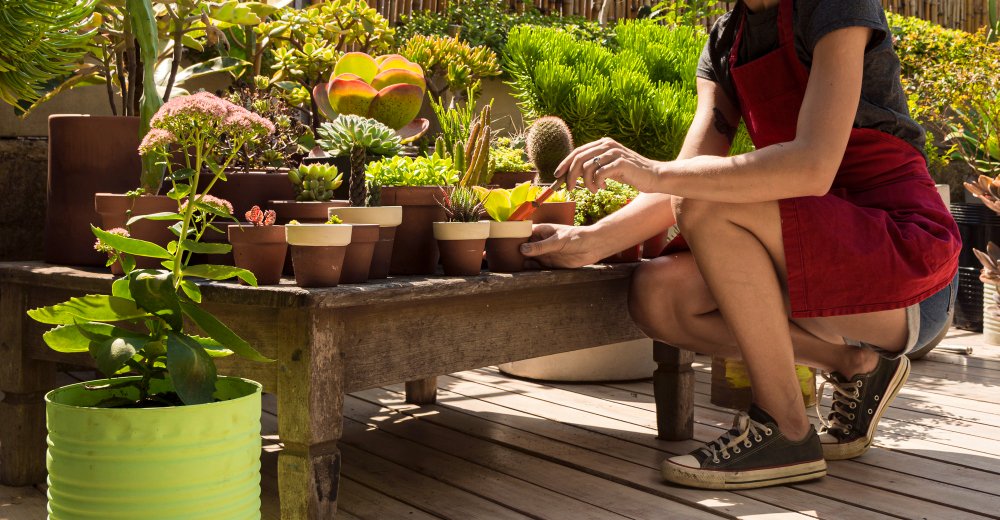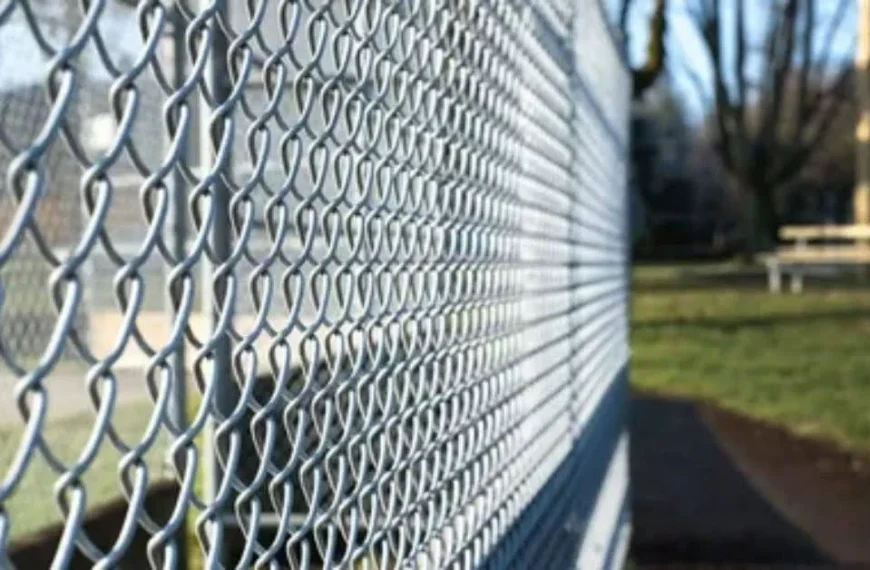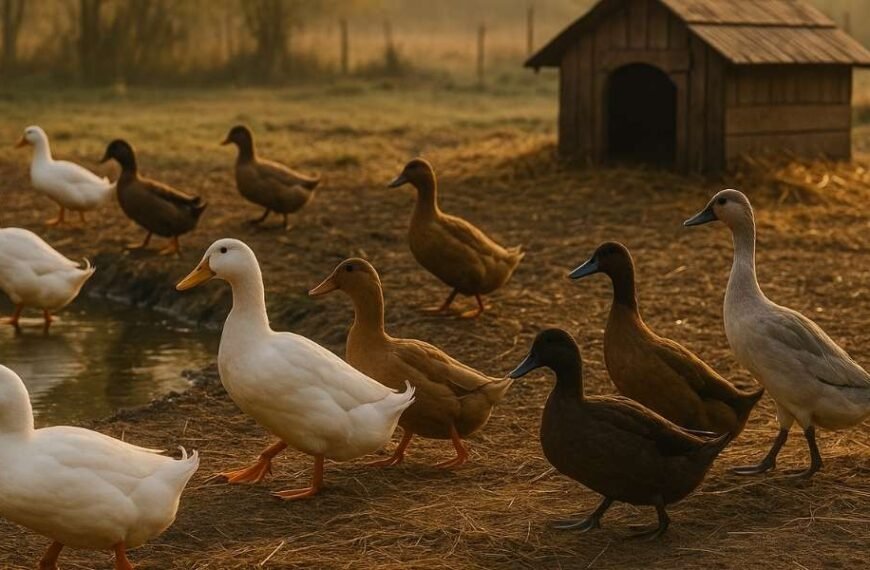When summer finally hits, your garden should be a place to unwind and enjoy the weather, not a hellish suntrap that sends you running for cover. Thankfully, with a few practical DIY projects and the right tools, you can create shaded areas that make your outdoor space both functional and inviting.
Choose the Right Materials for Your Shaded Area
Start with materials that can handle both sun and rain, especially in the UK’s unpredictable climate. Timber and metal are durable and give your structure a clean, solid look. For a softer aesthetic, outdoor-grade fabric works well for sails and drapes. Sustainable choices like FSC-certified wood or recycled metal are a bonus for the eco-conscious. If you’re building a pergola or frame, precise cutting is key. That’s where a mitre saw comes in handy. It helps you make clean, accurate angled cuts (which are especially important when fitting beams or supports) making your build look professional, even if you’re a complete DIY novice.
Plan the Location of Your Shaded Zone
Before you start drilling or digging, take a good look at your garden. Where does the sun hit hardest during peak hours? Placing your shaded area near a patio, deck, or barbecue spot makes it more useful. Just make sure it doesn’t block sunlight from key garden features or cast unwanted shadows over flower beds. Planning the right location upfront saves you a lot of regret later.
Build a Simple Pergola or Gazebo for Long-Term Shade
A pergola or gazebo is a great long-term investment that will also add value to your home. With a simple wooden or metal frame, you can create an elegant, functional space perfect for relaxing or entertaining. They’re also ideal for climbing plants like wisteria or clematis, which add both beauty and extra shade. Use weatherproof screws and apply a protective wood stain or sealant to extend the life of your structure. Secure posts in the ground with concrete or metal brackets for stability.
Consider Temporary Shade Solutions Like Umbrellas and Canopies
If you’re not ready to commit to a full structure, go temporary. A large cantilever umbrella or a pop-up canopy can offer instant relief on sunny days. These are especially good for smaller gardens or renters who can’t make permanent changes. However, they might not hold up in high winds and usually require storage during the winter months. Choose a weighted base for umbrellas or look for canopies with UV-resistant fabric for added longevity.
Use Plants for Natural Shade
Nature can do the shading for you if you plant smart and at the right time. Bamboo screens, tall hedges, or strategically placed trees like silver birch can offer cooling shade while adding texture and height to your garden. For a living canopy, train climbing plants like grapevine or honeysuckle over arches or pergolas. Native plants are a safer bet for UK gardens; they’re hardier and require less maintenance. You can experiment with international plants but don’t rely on them!









